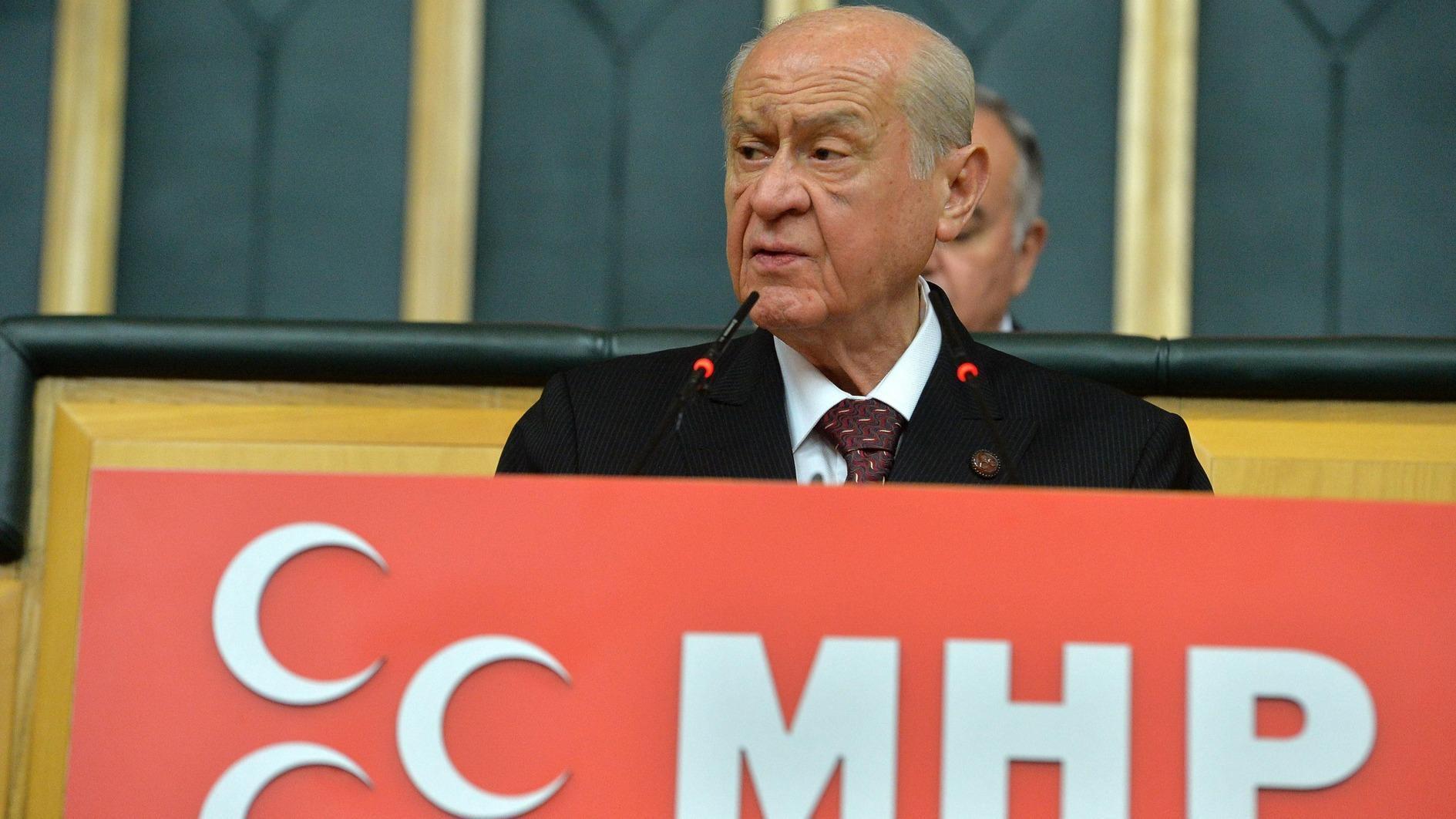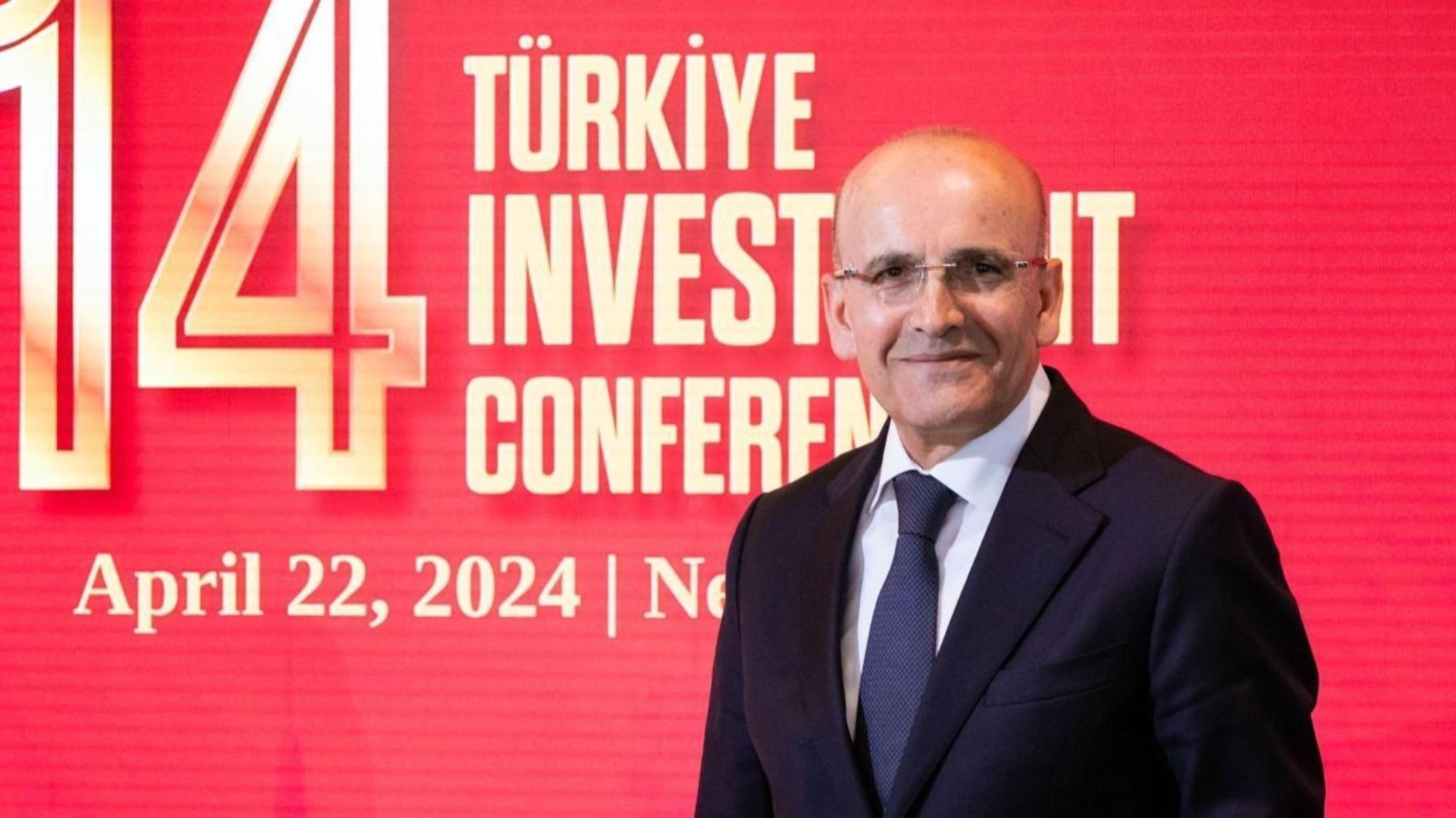Fed up with Istanbul traffic
Istanbul has the third highest traffic congestion in the world. The number of registered vehicles in the city is 3.75 million, with 1,017 new vehicles registered every passing day. Each year, we spend 125 hours in traffic.
At the same time, Istanbul is the most polluted metropolis in Europe. One of the reasons for this pollution is the vehicles on the roads, as 23 to 25 percent of the carbon dioxide emissions polluting the air stem from transportation, while 75 percent of it comes from motor vehicles.
In other words, traffic not only takes up our time and energy while turning us into nervous wrecks, it also causes climate change and poisons us with the air it pollutes.
For instance, among those who live near highways or places where there is plenty of traffic, the risk of developing serious respiratory tract diseases and dementia increases.
It is high time for us to pursue truly effective solutions to liberate us from the traffic issue instead of resorting to short-term solutions by building new roads. While new roads solve traffic congestion problems in the short run, they again cause traffic congestion in the long run because they encourage driving.
The solution to this problem is charging for use of roads, something that has been tried and tested in many cities of the world.
In a panel held at the Istanbul Policy Center, Ayşe Uyduranoğlu of Istanbul Bilgi University made a presentation, stating that the practice of charging entry and exit fees for vehicles where the city traffic is most intense could be an effective solution. This is precisely what has been suggested for Istanbul for years.
Road pricing, which was suggested in the 1960s by Nobel laureate William Vickrey, was first introduced in Singapore. It was first applied during rush hour in the morning and in the evening. Seeing its successful results, it was broadened to a day-long practice.
Road pricing was later introduced in London, Stockholm and Milan. Traffic was reduced by 18 percent in London and Stockholm and 14 percent in Milan. When we view it from the point of air pollution, carbon emissions decreased 16 percent in London and Stockholm and 14 percent in Milan. If we leave aside its effects on health and air pollution, there was a 6 percent reduction in London in the particles that seriously harm historic structures, 10 to 14 percent in Stockholm and 18 percent in Milan.
Uyduranoğlu said this was not a punishment method: “Since transportation is everybody’s most natural right, instead of limiting transportation and implementing penalties, we should focus on how transportation could be made with more sustainable models.”
But road pricing incites a public reaction before it is introduced because everybody assumes that the state or municipality has begun implementing the practice not to fight traffic but to raise extra funds.
However, if this income is used to develop mass transportation, then it may be accepted. Uyduranoğlu said, “When we start talking about sustainable transportation, we should naturally encourage mass transportation.”
Another reason for objections is that it will cause inequalities. Uyduranoğlu said the practice would negatively affect low-income groups but that road pricing will have a positive effect on such segments when the income is channeled to mass transportation. In addition, women and the elderly will also be positively affected.
In a survey Uyduranoğlu conducted three years ago with 900 people, a majority of Istanbul residents said they would like to see road pricing at peak hours, with the resultant revenue to be used for mass transportation.
What are we waiting for then?











